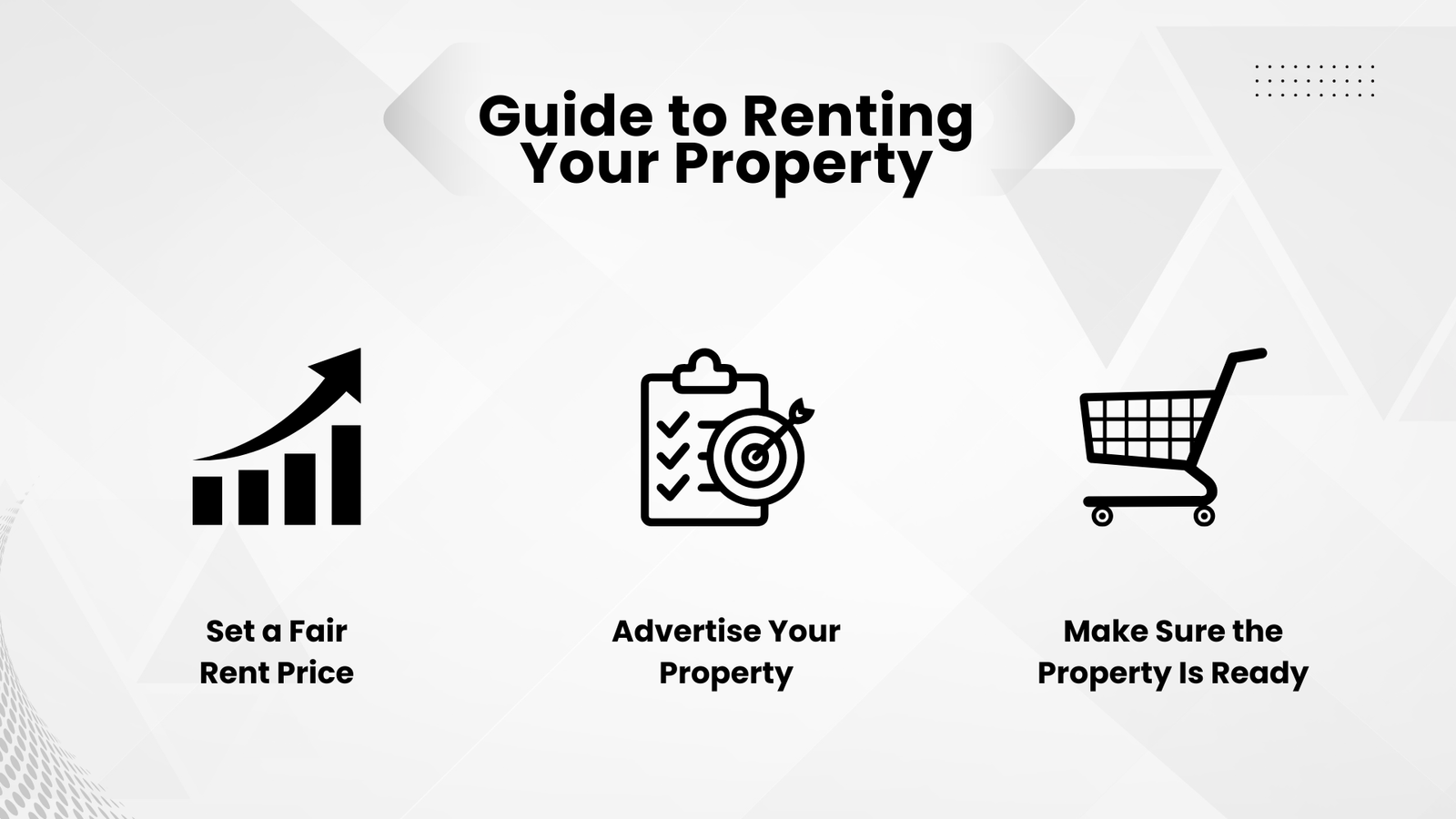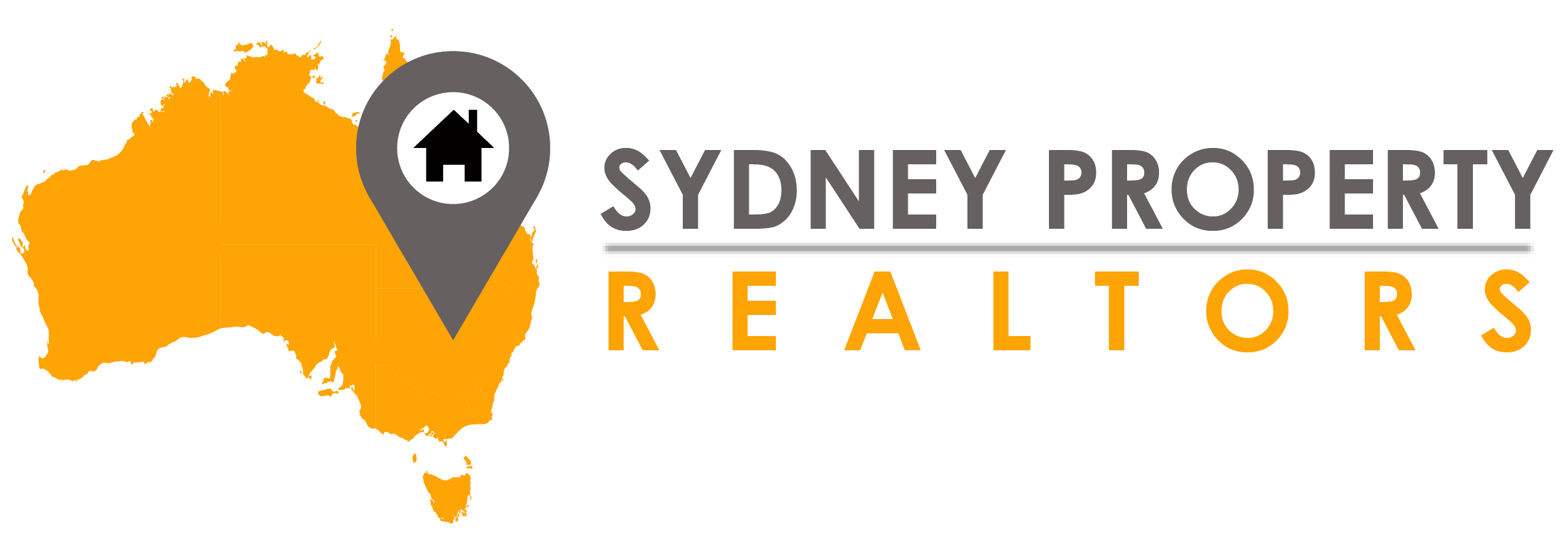Renting out your property privately is becoming more popular among Australian homeowners. It allows you to manage your own property, choose your tenants, and save on agent fees. But doing it right means understanding your legal duties and staying organized. In this guide, we’ll walk you through the basics of renting out your home without a real estate agent.
Why Rent Out Your Property Privately?
Many property owners choose to rent privately to:
- Save money on agent commissions
- Have direct control over who lives in their home
- Build a closer landlord-tenant relationship
- Handle maintenance and issues personally
While it takes more time, the savings and control can be worth it if you’re well-prepared.
Step-by-Step Guide to Renting Your Property Privately
1. Make Sure the Property Is Ready
Your home should be clean, safe, and in good condition. Fix any damage and make sure everything works—lights, plumbing, locks, and appliances. A well-presented home attracts better tenants and may rent faster.
2. Understand the Law in Your State
Rental rules vary across Australia. Each state has its own laws about:
- Bond amounts
- Rent increases
- Lease agreements
- Evictions
Check the official website for your state or territory, like:
3. Set a Fair Rent Price
Look at similar homes in your area to set a reasonable rent. Use sites like:
- realestate.com.au
- domain.com.au
Check what others are charging for similar properties.
You can also trust us to sold your property
Contact us!
4. Advertise Your Property
List your home on trusted platforms. Some good websites to use include:
- sydneyrealtor.com.au
- Rent.com.au
Include clear photos, the rent amount, bond required, and any rules (no pets, smoking, etc.). A simple description with honest details works best.
5. Screen Tenants Carefully
Interview tenants and ask them to fill out an application. You may ask for:
- ID and proof of income
- Rental history or references
- Credit report (optional)
Pick someone who is reliable, respectful, and can pay rent on time.

6. Use a Legal Lease Agreement
Once you’ve found the right tenant, have them sign a lease agreement. This should include:
- Start and end date
- Rent amount and due date
- Bond amount
- Rules of the house
Make sure both you and the tenant keep a signed copy.
7. Lodge the Bond Correctly
In Australia, the bond must be lodged with your state’s rental authority. You can usually do this online. It’s illegal to keep the bond in your own account.
8. Stay Organised and Available
As a private landlord, you need to:
- Provide rent receipts
- Keep records of all payments and repairs
- Handle repairs quickly
- Respect the tenant’s privacy and give notice before visits
Pros and Cons of Private Renting
Pros:
- No agent fees
- Full control
- Personal communication with tenant
Cons:
- Time-consuming
- You handle all issues yourself
- Need to understand legal responsibilities
Final Thoughts
Renting out your property privately in Australia is completely legal and can be rewarding. But it does take effort. If you’re organized and ready to follow the rules, you can save money and manage things on your own. Just remember to stay fair, be responsive, and treat your property like a business.
Tip: Always check for updates in your local tenancy laws before starting
